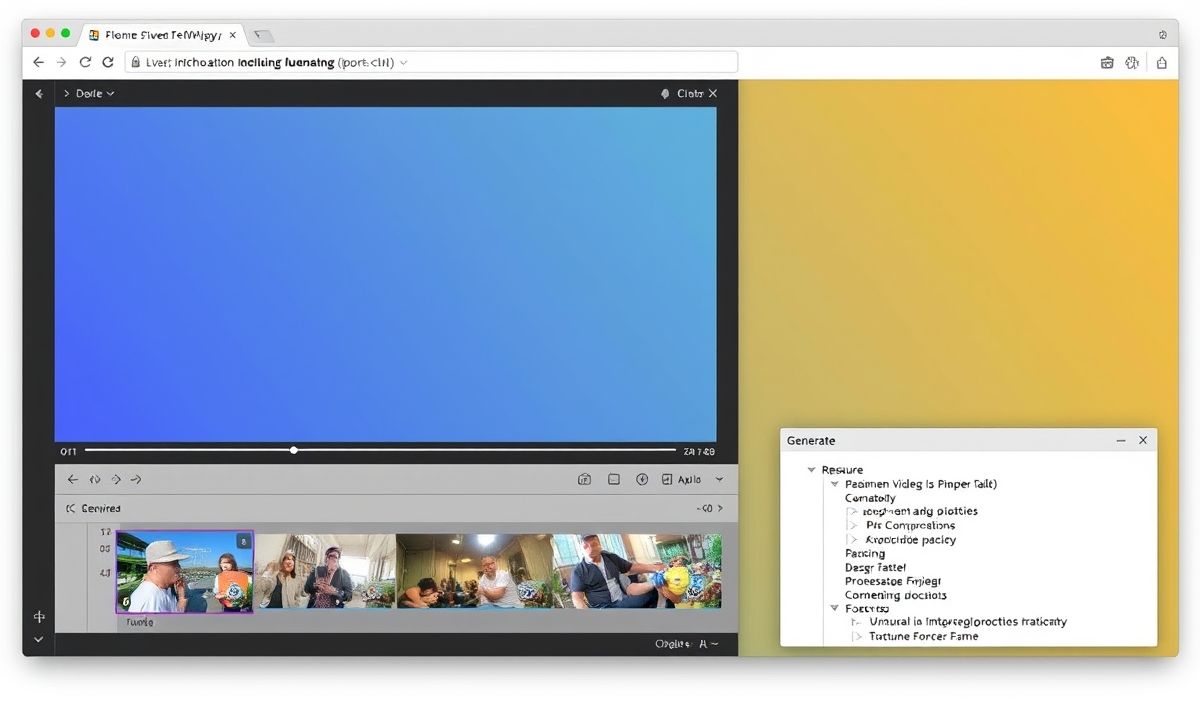Welcome to the Comprehensive Guide on jcad!
jcad is an exceptional JavaScript structural development framework for creating scalable, complex applications. It provides a wealth of APIs that simplifies the development process, enabling developers to produce efficient and maintainable code. In this blog post, we will explore dozens of useful jcad APIs with detailed explanations and code snippets.
Setting Up jcad
Before diving into the API explanations, let’s start by setting up the jcad framework in your project:
npm install jcad
Introduction to jcad APIs
1. @Component
The @Component decorator is used to define a reusable component. It helps in specifying various properties such as selector, template, and styles.
import { Component } from 'jcad';
@Component({
selector: 'my-component',
template: `
<div>
<h2>Hello from My Component!</h2>
</div>
`,
})
export class MyComponent {}
2. @Service
The @Service decorator is used to create a service that can be injected into other components or services.
import { Service } from 'jcad';
@Service()
export class DataService {
getData() {
return [1, 2, 3, 4, 5];
}
}
3. @Inject
The @Inject decorator is utilized to inject services into components or other services.
import { Component, Inject } from 'jcad';
import { DataService } from './data.service';
@Component({
selector: 'data-component',
template: `
<ul>
<li *ngFor="let item of data">{{item}}</li>
</ul>
`,
})
export class DataComponent {
data: number[];
constructor(@Inject(DataService) private dataService: DataService) {
this.data = this.dataService.getData();
}
}
4. @Directive
The @Directive decorator allows you to create custom directives to add specific behaviors to the DOM.
import { Directive, ElementRef, Renderer } from 'jcad';
@Directive({ selector: '[highlight]' })
export class HighlightDirective {
constructor(el: ElementRef, renderer: Renderer) {
renderer.setElementStyle(el.nativeElement, 'backgroundColor', 'yellow');
}
}
5. Event Binding
jcad offers easy event binding capabilities to handle user interactions.
import { Component } from 'jcad';
@Component({
selector: 'event-component',
template: `
<button (click)="onClick()">Click Me!</button>
`,
})
export class EventComponent {
onClick() {
alert('Button clicked!');
}
}
6. Data Binding
Two-way data binding can be achieved easily with the use of [(ngModel)].
import { Component } from 'jcad';
@Component({
selector: 'app-input',
template: `
<input [(ngModel)]="name" placeholder="Enter your name">
<p>Hello {{name}}!</p>
`,
})
export class InputComponent {
name: string = '';
}
Building a Sample App with jcad APIs
We will now create a simple application that demonstrates the use of the introduced APIs:
import { Component, Inject, Service } from 'jcad';
@Service()
class AppService {
getAppTitle() {
return 'My Sample jcad App';
}
}
@Component({
selector: 'app-root',
template: `
<h1>{{title}}</h1>
<data-component></data-component>
`,
})
class AppComponent {
title: string;
constructor(@Inject(AppService) private appService: AppService) {
this.title = this.appService.getAppTitle();
}
}
The above example showcases a root component that fetches a title from a service and displays it, along with using our DataComponent to list some data.
Happy coding with jcad!
Hash: ea2e221c54d3d85f3bf4804b6a50a592157fd8fb7983d066cbe251c9e59c11f9




